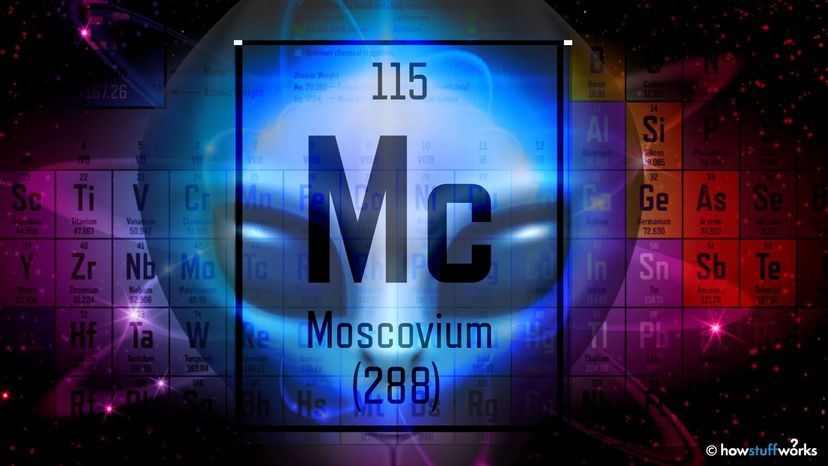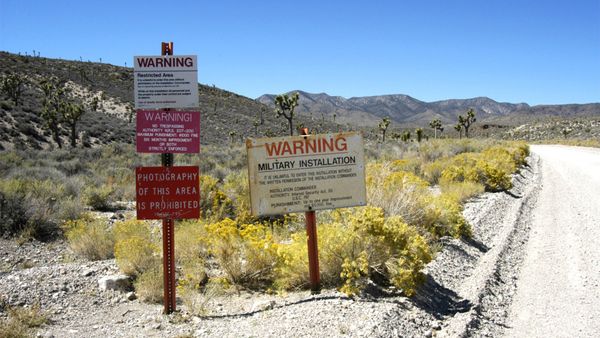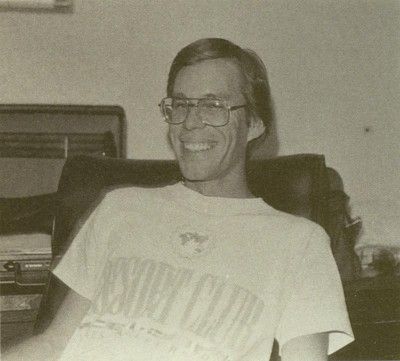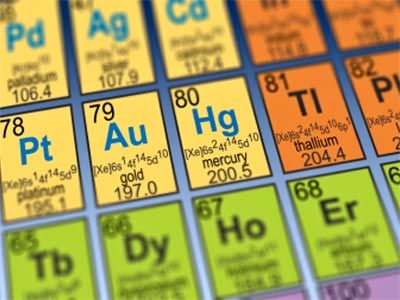Element 115 was only discovered in 2003, but it may sound familiar because the name has been around for decades in connection with UFOs, aliens and other related phenomena.
We're referring to the long-lived story of Robert ("Bob") Scott Lazar, who in 1989 went public with what he said was top-secret information about element 115.
Lazar claimed to be a former employee at Area 51, the famous (and highly classified) area of the Nevada Test and Training Range operated by the United States Air Force, where his job was to reverse-engineer crashed alien flying saucers. He said that he'd personally worked with element 115, which was used to pilot alien spacecraft.
It is "impossible to synthesize an element that heavy here on Earth. ... The substance has to come from a place where superheavy elements could have been produced naturally," Lazar said.
Lazar said that he'd seen evidence of antigravity propulsion technologies, and nine alien spacecraft stored in a hangar at Area 51. Those spaceships ostensibly used some sort of propulsion system that harnessed the inherent power of gravity, and thus utilized the physical properties of element 115 to work their technological wizardry.
The government doesn't confirm the employment of anyone who's worked at Area 51. And as some sources have pointed out, the gist of his claims have never been thoroughly disproved.
Yet, there is still the fundamental science contradicting his claims.
"No, there is no connection between this discovery and the claims of Bob Lazar," said Gates. "Presently, all the created atoms of element 115 have decayed way too fast to be used to fuel UFOs!"
So instead of the excitement about little green men and incredible spacecraft, we're left with real, tangible — and equally thrilling — science. For the people who are immersed in these advances on a daily basis, that's more than enough. After all, moscovium is an amazing element. Gates said that it is a sign that we're pushing the boundaries of what we know about the universe.
"Element 115 is special in that we can make it easier than some lighter elements like element 112 or element 113. Typically, as we add more protons, it becomes harder to make a new element. This trend is broken around element 115. Due to this, we have been able to make over 100 atoms of element 115 and begin to understand its nuclear and chemical properties," she said.
Editor's note
After this story was first published, we heard from Jeremy Kenyon Lockyer Corbell who directed the documentary "Bob Lazar: Area 51 & Flying Saucers" and is very familiar with Lazar. Corbell emailed us some additional information about Lazar and element 115 that we've excerpted here:
"When Lazar first came forward in 1989, he made a point to explain that there's no reason a version of element 115 couldn't be synthesized and observed at some point in the future. In fact — he predicted that it would be observed (as did many) — just likely not in a stabilized form (because of the statistical improbability of landing on a relevant isotope). ... The [isotope discovered in 2003] is not the isotope that would account for what Lazar has described having had access to while working at Area 51 (Site 4). Lazar reports that the 115 he had access to was far more stable.
"My understanding of Lazar's thinking is that with the advances in bombardment techniques new isotopic combinations would be achieved. However — just like how gold has 37 different isotopes and only one isotope is stable — 115 is suspected to have MOSTLY rapid decay isotopes... So hopefully in the future we will land on a version with a longer half-life — even if it just ends up being a few atoms of it. That would be cool — and one day will likely happen," Corbell said.



